September 19, 2015
Quiet at work + Office design and conflict + The on-demand revolution 0
 In this week’s issue; Dan Callegari lists ten unusual ways to ensure peace and privacy in the workplace; Sara Bean says senior executives are unaware of the effects of ‘change fatigue’ in their organisations; and Mark Eltringham notes a growing acceptance of sit/stand furniture as a standard workstation option. In news; the results of a new study which found men and women are likely to react differently to specific types of office layout; the introduction of the revised version of one of the world’s most popular environmental standards and SMEs fail to embrace effective wellbeing programmes, despite appreciating their role in future growth. And why is there a growing dread of the influx of the latest generation Z into the workplace? Check out our new events page, subscribe for free quarterly issues of Work&Place and weekly news here., You can follow us on Twitter and join our LinkedIn Group to discuss these and other stories.
In this week’s issue; Dan Callegari lists ten unusual ways to ensure peace and privacy in the workplace; Sara Bean says senior executives are unaware of the effects of ‘change fatigue’ in their organisations; and Mark Eltringham notes a growing acceptance of sit/stand furniture as a standard workstation option. In news; the results of a new study which found men and women are likely to react differently to specific types of office layout; the introduction of the revised version of one of the world’s most popular environmental standards and SMEs fail to embrace effective wellbeing programmes, despite appreciating their role in future growth. And why is there a growing dread of the influx of the latest generation Z into the workplace? Check out our new events page, subscribe for free quarterly issues of Work&Place and weekly news here., You can follow us on Twitter and join our LinkedIn Group to discuss these and other stories.







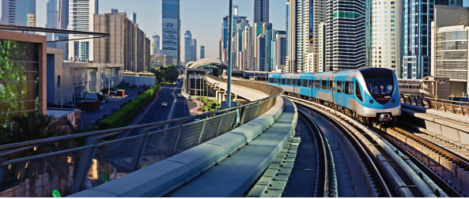
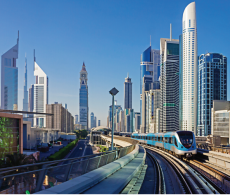 Newly published research
Newly published research



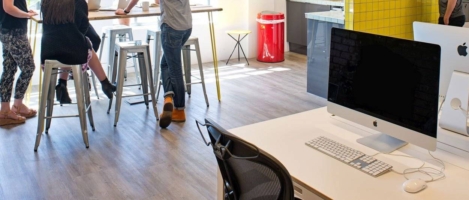
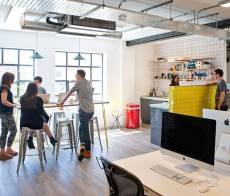

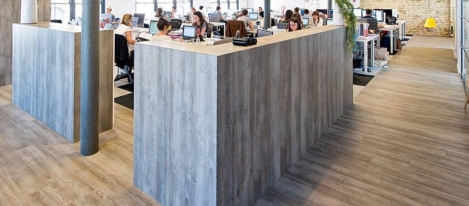
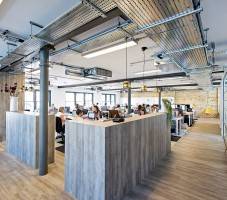


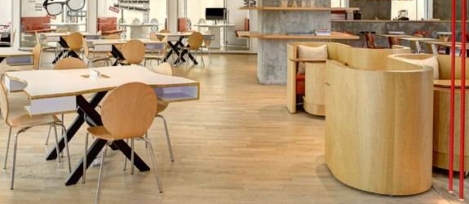
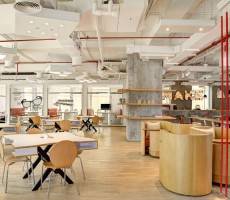








September 21, 2015
Five essential office design trends to look for in the near future 0
by Tom Brialey • Comment, Facilities management, Flexible working, Workplace design
(more…)